Earlier this week, the IFA launched its manifesto for the European Parliament and local government elections. Pat O’Toole goes into detail in this week's edition.
Against the backdrop of Brexit, it has never been more important that Ireland selects representatives in the upcoming European elections that have both a deep understanding and appreciation of the role that the agricultural sector plays in supporting rural communities.
The next parliament will be pivotal in shaping the future trading relationship between the EU and the UK, the outcome of which will be critical to the future of Irish farming. It is important that Irish MEPs have the credibility and respect within parliament to ensure they are in a position to keep Irish interests to the fore.
Contributing over €1.5bn to Irish agriculture each year, it is no surprise that the Common Agricultural Policy (CAP) has dominated the IFA manifesto. The IFA clearly shows the impact that the European Commission proposal on the future CAP budget would have on farm incomes.
Over a period (2021-2027) when the total EU budget would see an increase of 17.6%, Irish farmers would see support under CAP fall by 6.34%, increasing to 16.8% when adjusted for inflation.
With CAP contributing over 100% of total income being derived within some sectors, the cut, whether in actual or real terms, will have a severe impact on many farm families. While in February the European Parliament’s agriculture committee called for an increase in CAP spending in the next EU budget, it will be down to the newly formed parliament to ensure this is reflected in the outcome.
The reform of CAP and the future distribution of payments is undoubtedly an area where there is a real risk of candidates in the European elections gravitating towards policy positions that are populist rather than those that are in the long-term interests of the sector.
EU figures indicate the value of entitlements leased out by farmers no longer actively farming is in the region of €85m
While no doubt conscious of the broad spectrum of farmers within its membership, the IFA manifesto walks a fine line on the issue of redistributing payments. However, few could argue with the position that additional support for farmers on below average payments should be provided through increased EU funding – rather than reducing payments to farmers who, although receiving above the average payments, are heavily dependent on them to maintain the economic viability of their businesses. As mentioned before, the risk from a blanket approach towards convergence and the redistribution of payments is that CAP support would move from farm families that may have above average payments per hectare but a low household income towards landowners that are less dependent on farming activity for their income.
Preventing such a scenario while at the same time targeting support towards farmers on lower payments will be dependent on agreeing a robust definition around what is an active farmer. While it is going to be an extremely sensitive issue, the IFA has fired the first shot, questioning the practice of farmers leasing out their entitlements having exited farming.
European Commission figures would indicate that the value of entitlements leased out by farmers no longer actively farming is in the region of €85m. There is no doubt that as this debate moves on, areas such as off-farm incomes are likely to come into focus – particularly in the case of farmers on below average payments.
Another popular target is the capping of payments. This is despite analysis showing that the move would do little to redistribute funds to farmers on lower payments. The IFA raises an important area that is not catered for in the Commission’s proposals: leased entitlements. Where a farmer is leasing entitlements with land and therefore effectively passing these back to the landowner, he/she is not the net beneficiary and therefore their value should be excluded prior to imposing any reduction due to capping.
The IFA document marks the first real attempt to set down a policy position around the next CAP. While likely to evolve, there is no doubt that it is time to have a serious informed discussion around the key areas relating to the redistribution of payments under convergence and how we should determine what constitutes an active farmer.
It is important that farmers establish the views of those seeking election to the European Parliament on both issues over the coming weeks.
Forestry: increasing planting levels to meet climate change targets

\ Philip Doyle
Ireland’s Forestry Programme 2014-2020 acknowledges that our “low level of forest cover limits the contribution that forests in Ireland can make to climate change issues such as flood alleviation and climate change mitigation”.
The solution, on the face of it, is simple: increase annual planting to 8,200ha in 2020 – as recommended by the Department – and apply the more ambitious FoodWise target of 15,000ha from 2021. These planting levels will achieve the Government’s target of 18% forest cover by 2046.
The 2016 Land Availability for Afforestation report published by Coford, the Department’s advisory council, maintained that suitable forest land is available. It identified an additional 510,000ha of land as economically and environmentally suitable for forestry without negatively affecting agricultural production. We are the only country in Europe that can dramatically increase forest cover without compromising food security, yet our annual afforestation programme is only 5,000ha.
There are many reasons for this poor performance. For example, 178,823ha of unenclosed land identified in the Coford report as suitable for forestry are still being refused grant aid. This was once the traditional land bank for productive forestry. Also, the current planning system for afforestation is a disincentive with delays of over a year in some instances before approval. Finally, the replanting obligation whereby land has to be retained as forest in perpetuity once planted is a major psychological barrier for farmers who enjoy the freedom to change land use by staying in agriculture.
Macra na Feirme: keeping up the good work in changing times
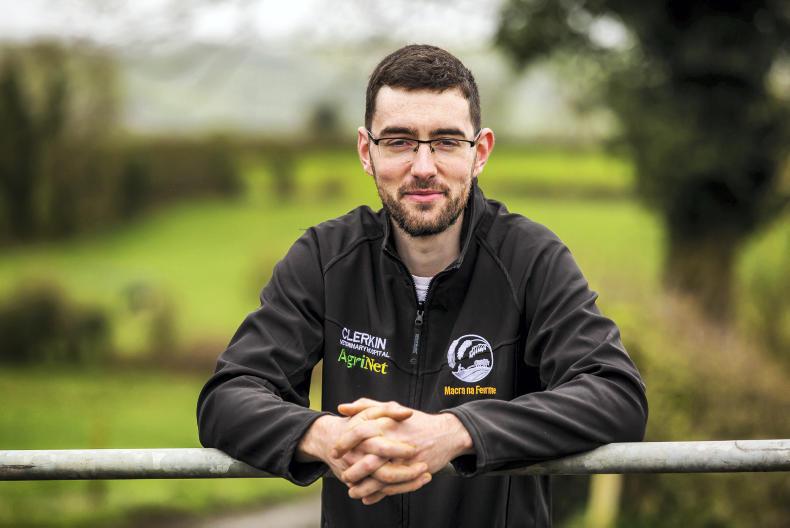
New Macra president Thomas Duffy on his dairy farm in Virginia, Co Cavan. \ Philip Doyle
We congratulate Thomas Duffy on becoming the 38th president of Macra na Feirme. The organisation plays a pivotal role in ensuring the voice of young farmers is not just heard but reflected in policy positions adopted both at EU and national level.
The ongoing work of Macra in highlighting the financial challenges faced by young farmers has no doubt been one of the driving forces behind a move by the European Commission to introduce bespoke finance schemes for young farmers.
Thomas comes to the job with an excellent track record and will no doubt continue the good work of the organisation while at the same time ensuring it evolves to service the needs of its members. We wish all newly elected representatives every success in their roles.
Tillage: free Crop Protection magazine inside
This week’s Irish Farmers Journal brings you the Crop Protection 2019 magazine. It provides tillage farmers with up-to-date information on product availability for the coming season, thanks to the companies involved and the Department. It also lists a number of known new actives coming through development and these provide more hope for the future than we have seen for a number of years.
The future loss of chlorothalonil remains significant and we must do all we can to depend less on chemical inputs as this is important to help slow further resistance development.
Earlier this week, the IFA launched its manifesto for the European Parliament and local government elections. Pat O’Toole goes into detail in this week's edition.
Against the backdrop of Brexit, it has never been more important that Ireland selects representatives in the upcoming European elections that have both a deep understanding and appreciation of the role that the agricultural sector plays in supporting rural communities.
The next parliament will be pivotal in shaping the future trading relationship between the EU and the UK, the outcome of which will be critical to the future of Irish farming. It is important that Irish MEPs have the credibility and respect within parliament to ensure they are in a position to keep Irish interests to the fore.
Contributing over €1.5bn to Irish agriculture each year, it is no surprise that the Common Agricultural Policy (CAP) has dominated the IFA manifesto. The IFA clearly shows the impact that the European Commission proposal on the future CAP budget would have on farm incomes.
Over a period (2021-2027) when the total EU budget would see an increase of 17.6%, Irish farmers would see support under CAP fall by 6.34%, increasing to 16.8% when adjusted for inflation.
With CAP contributing over 100% of total income being derived within some sectors, the cut, whether in actual or real terms, will have a severe impact on many farm families. While in February the European Parliament’s agriculture committee called for an increase in CAP spending in the next EU budget, it will be down to the newly formed parliament to ensure this is reflected in the outcome.
The reform of CAP and the future distribution of payments is undoubtedly an area where there is a real risk of candidates in the European elections gravitating towards policy positions that are populist rather than those that are in the long-term interests of the sector.
EU figures indicate the value of entitlements leased out by farmers no longer actively farming is in the region of €85m
While no doubt conscious of the broad spectrum of farmers within its membership, the IFA manifesto walks a fine line on the issue of redistributing payments. However, few could argue with the position that additional support for farmers on below average payments should be provided through increased EU funding – rather than reducing payments to farmers who, although receiving above the average payments, are heavily dependent on them to maintain the economic viability of their businesses. As mentioned before, the risk from a blanket approach towards convergence and the redistribution of payments is that CAP support would move from farm families that may have above average payments per hectare but a low household income towards landowners that are less dependent on farming activity for their income.
Preventing such a scenario while at the same time targeting support towards farmers on lower payments will be dependent on agreeing a robust definition around what is an active farmer. While it is going to be an extremely sensitive issue, the IFA has fired the first shot, questioning the practice of farmers leasing out their entitlements having exited farming.
European Commission figures would indicate that the value of entitlements leased out by farmers no longer actively farming is in the region of €85m. There is no doubt that as this debate moves on, areas such as off-farm incomes are likely to come into focus – particularly in the case of farmers on below average payments.
Another popular target is the capping of payments. This is despite analysis showing that the move would do little to redistribute funds to farmers on lower payments. The IFA raises an important area that is not catered for in the Commission’s proposals: leased entitlements. Where a farmer is leasing entitlements with land and therefore effectively passing these back to the landowner, he/she is not the net beneficiary and therefore their value should be excluded prior to imposing any reduction due to capping.
The IFA document marks the first real attempt to set down a policy position around the next CAP. While likely to evolve, there is no doubt that it is time to have a serious informed discussion around the key areas relating to the redistribution of payments under convergence and how we should determine what constitutes an active farmer.
It is important that farmers establish the views of those seeking election to the European Parliament on both issues over the coming weeks.
Forestry: increasing planting levels to meet climate change targets

\ Philip Doyle
Ireland’s Forestry Programme 2014-2020 acknowledges that our “low level of forest cover limits the contribution that forests in Ireland can make to climate change issues such as flood alleviation and climate change mitigation”.
The solution, on the face of it, is simple: increase annual planting to 8,200ha in 2020 – as recommended by the Department – and apply the more ambitious FoodWise target of 15,000ha from 2021. These planting levels will achieve the Government’s target of 18% forest cover by 2046.
The 2016 Land Availability for Afforestation report published by Coford, the Department’s advisory council, maintained that suitable forest land is available. It identified an additional 510,000ha of land as economically and environmentally suitable for forestry without negatively affecting agricultural production. We are the only country in Europe that can dramatically increase forest cover without compromising food security, yet our annual afforestation programme is only 5,000ha.
There are many reasons for this poor performance. For example, 178,823ha of unenclosed land identified in the Coford report as suitable for forestry are still being refused grant aid. This was once the traditional land bank for productive forestry. Also, the current planning system for afforestation is a disincentive with delays of over a year in some instances before approval. Finally, the replanting obligation whereby land has to be retained as forest in perpetuity once planted is a major psychological barrier for farmers who enjoy the freedom to change land use by staying in agriculture.
Macra na Feirme: keeping up the good work in changing times

New Macra president Thomas Duffy on his dairy farm in Virginia, Co Cavan. \ Philip Doyle
We congratulate Thomas Duffy on becoming the 38th president of Macra na Feirme. The organisation plays a pivotal role in ensuring the voice of young farmers is not just heard but reflected in policy positions adopted both at EU and national level.
The ongoing work of Macra in highlighting the financial challenges faced by young farmers has no doubt been one of the driving forces behind a move by the European Commission to introduce bespoke finance schemes for young farmers.
Thomas comes to the job with an excellent track record and will no doubt continue the good work of the organisation while at the same time ensuring it evolves to service the needs of its members. We wish all newly elected representatives every success in their roles.
Tillage: free Crop Protection magazine inside
This week’s Irish Farmers Journal brings you the Crop Protection 2019 magazine. It provides tillage farmers with up-to-date information on product availability for the coming season, thanks to the companies involved and the Department. It also lists a number of known new actives coming through development and these provide more hope for the future than we have seen for a number of years.
The future loss of chlorothalonil remains significant and we must do all we can to depend less on chemical inputs as this is important to help slow further resistance development.








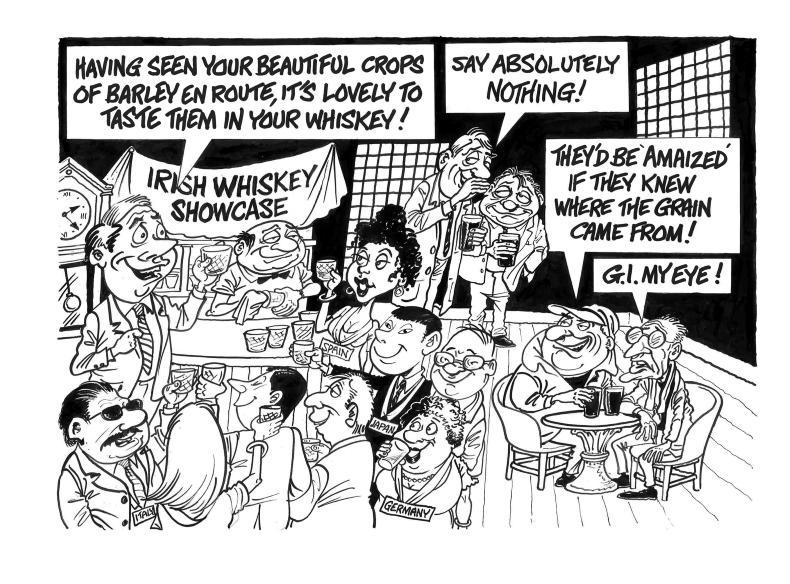
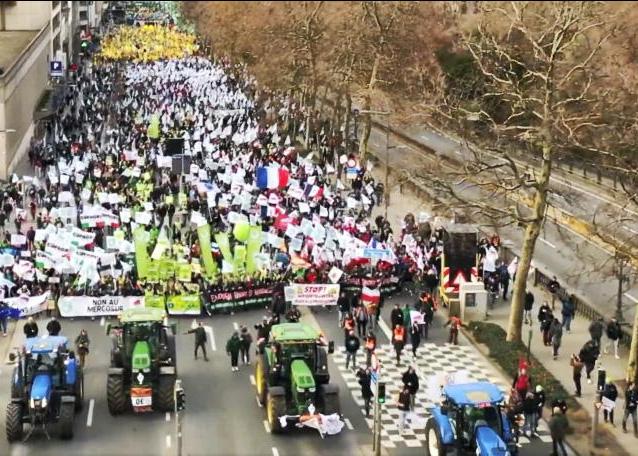
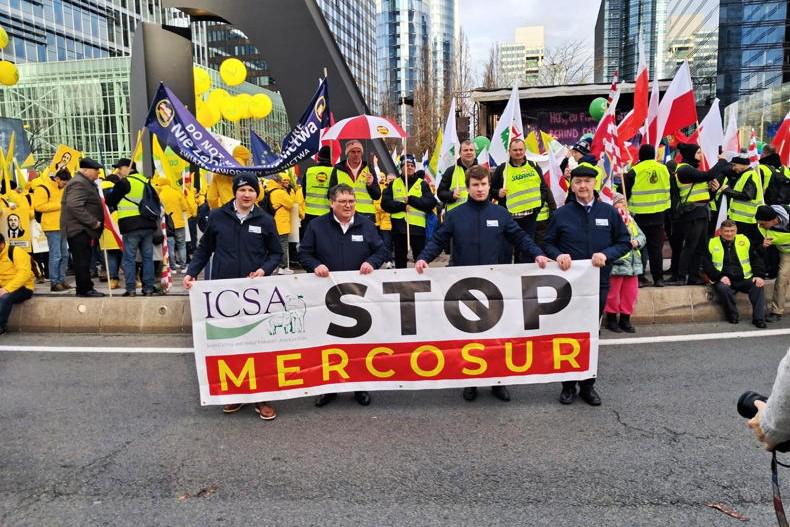
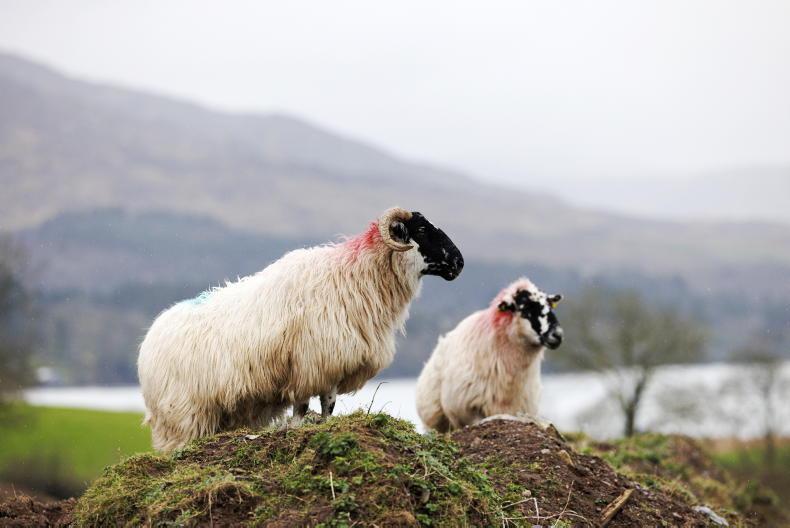
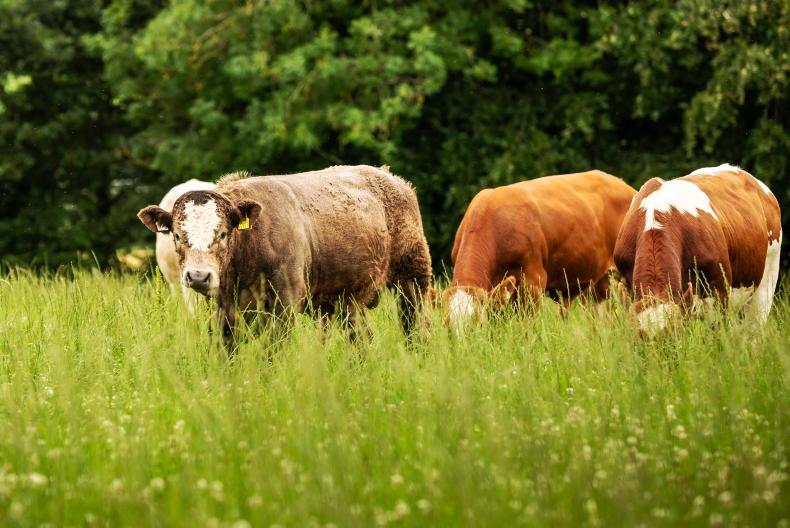
SHARING OPTIONS